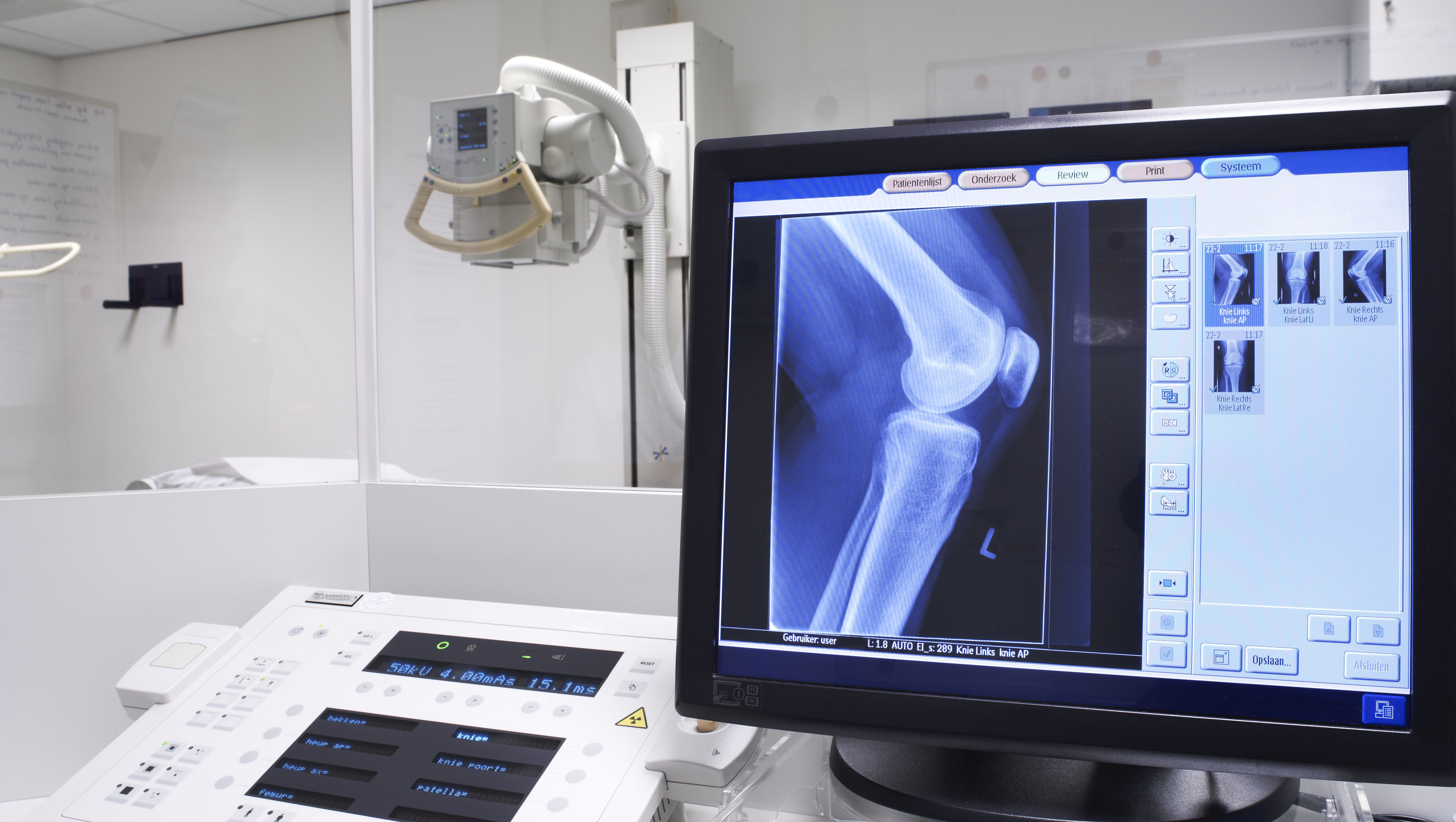Radiologists are most likely not paying much attention to the Merit-based Incentive Payment System (MIPS) Cost category because no specific action is needed to report data, and usually radiology groups have little control over the cost attributed to a patient. The Centers for Medicare and Medicaid Services (CMS) has released a new MIPS resource on the Cost performance category that provides good information on this aspect of the MIPS scoring. This affords a good opportunity to review the Cost category and better understand its potential impact on your practice.
CMS Releases a New Resource on the MIPS Cost Category on June 24, 2019
Categories: cms, MIPS, MIPS participation, radiology
Update on Interventional Radiology Coding and Billing on May 30, 2019
Read our 2021 IR billing & coding article
Proper coding of physician services is essential to efficient billing and the optimization of reimbursement from payers, including commercial and governmental entities. The CPT® codes issued by the American Medical Association (AMA) to describe physician procedures are supposed to be recognized as standards, but in practice they are not accepted equally by all payers. One example is CPT codes in the range 99241-99255 that describe consultation services. These are most often used by interventional radiologists, as described in our article Coding and Billing Considerations in Interventional Radiology.
Categories: radiology billing, medicare, medicare reimbursement, interventional radiology, radiology, interventional radiology billing
Just as you were done revising your practice systems and processes for Meaningful Use and MACRA/MIPS, a new Medicare mandate came along. One of the biggest challenges for radiology practices right now is to be able to comply with the requirement that ordering physicians use a Clinical Decision Support Mechanism (CDSM) to consult Appropriate Use Criteria (AUC) when ordering MR, CT, PET and other specified nuclear medicine exams. This rule has been on the books since 2014, but it will begin to be implemented in 2020 followed by the imposition of penalties in 2021. This is not a voluntary bonus like Meaningful Use, or the avoidance of a small fee reduction under MIPS, but rather it means there will be NO payment to the radiologist for procedures performed without using the appropriate process.
Categories: radiology billing, MIPS, MACRA, CDS, MIPS participation, radiology, AUC
It’s natural to want to compare one’s performance against others or to some standard. Radiologists often chat among themselves about the number of exams per year they read or maybe the number of RVU’s (Relative Value Units) they generate. While there are inherent problems with some of these comparisons as we outlined in our recent article Understanding the Value of RVUs in Radiology, measuring and monitoring productivity can be beneficial to a radiology practice and to the individual radiologist.
Categories: radiology, productivity, RVU
The Importance of Online Reputation Management for Radiologists on April 26, 2019
There was a time when word-of-mouth from friends and family was enough to inform our decisions, but today advice from the internet has taken precedence over recommendations from those we know personally – and this is especially true in healthcare. Patients are turning to the internet to research physicians, practices, and procedures before they even call the office to make an appointment. Individuals seeking care are more likely to choose physicians with high ratings and positive reviews over physicians with a less-than-stellar online presence. Physicians need to be serious about their online reputation and take the necessary steps to ensure it is positive.
The Value of PICC Lines for Interventional Radiologists on April 16, 2019
Interventional radiologists are often called to perform peripherally inserted central venous catheter (PICC) prodecures. Recent coding and policy changes have bundled imaging guidance and placement confirmation into a single CPT code for PICC placement. Let’s review the financial implications of those changes.
Categories: radiology reimbursement, medicare reimbursement, interventional radiology, PICC
Appropriate Use Criteria Revisions by the American College of Radiology on April 10, 2019
Medicare’s requirement that ordering physicians begin to use clinical decision support mechanisms (CDSM) when ordering certain advanced imaging examinations will take effect next year, and most radiology practices are gearing up to be ready. Any CDSM will require a set of rules, or Appropriate Use Criteria (AUC), that will guide the decision-making process.
Q&A with RADPAC Director Ted Burnes on March 29, 2019
Earlier in March, we got the chance to sit down with Ted Burnes, Director of RADPAC (Radiology Political Action Committee) and Political Education at the American College of Radiology (ACR). Mr. Burnes is a native of the Philadelphia region and is a regular speaker at national Radiology Business Management Association (RBMA) and other radiology society meetings. His knowledge and passion for legislative updates and how they relate to the practice of radiology is a great resource that we are excited to share with our extensive readership.
Update on MIPS Reporting and Payment Adjustments for Radiology on March 25, 2019
The year 2019 marks the third reporting period under the Medicare Incentive-based Payment System (MIPS). Radiology groups’ performance this year will determine their positive or negative Medicare fee schedule adjustment for payments in 2021, just as this year’s Medicare payment adjustment was determined by performance in 2017.
Categories: cms, MIPS, Quality Payment Program, MIPS participation, QPP
You should evaluate your practice’s revenue cycle management method at least annually, whether you have an outsourced RCM vendor or if your billing and collection is done in-house.
Categories: revenue cycle management, radiology, outsourced RCM













